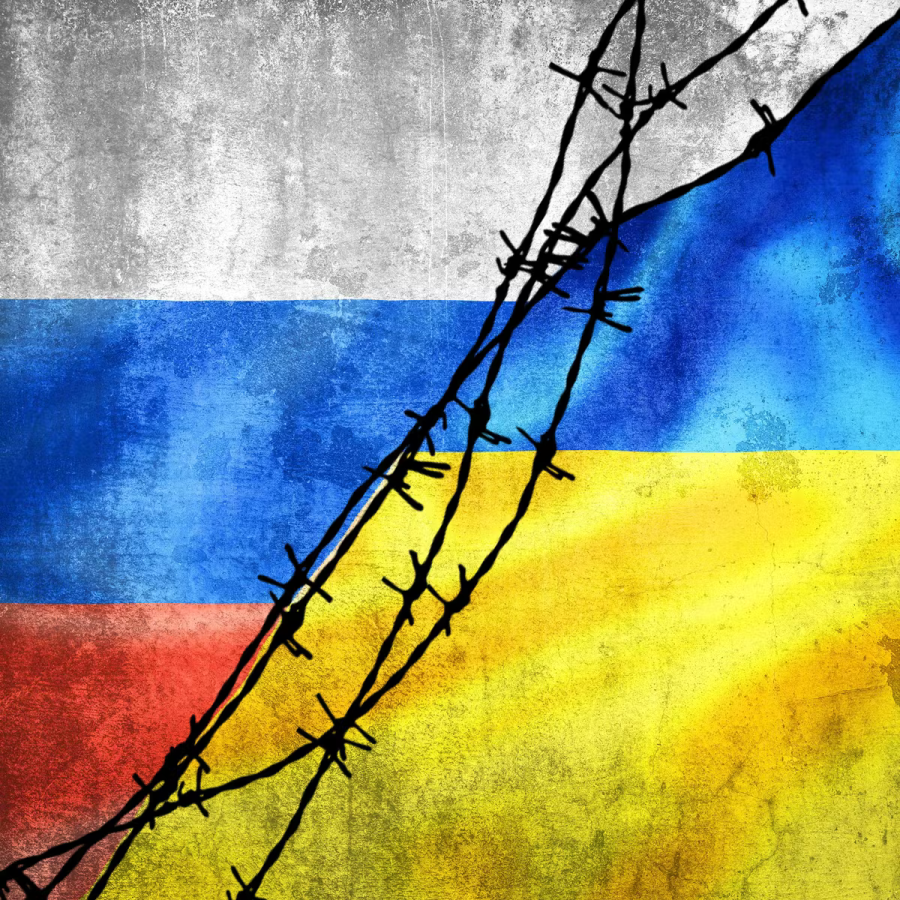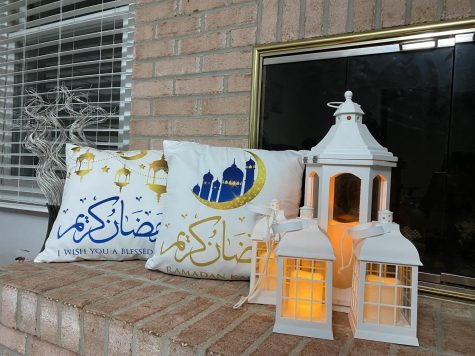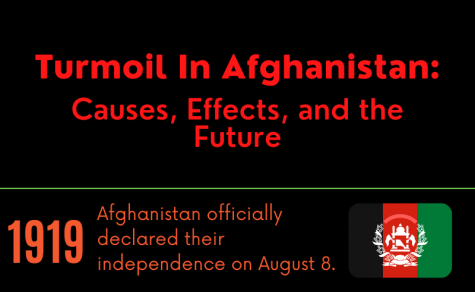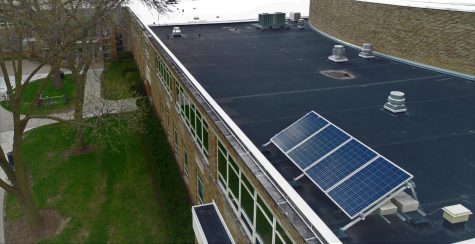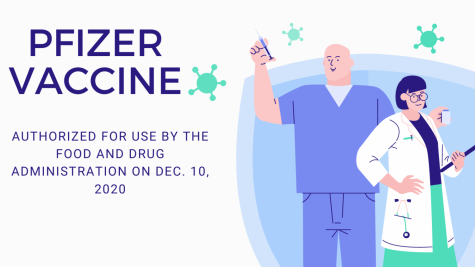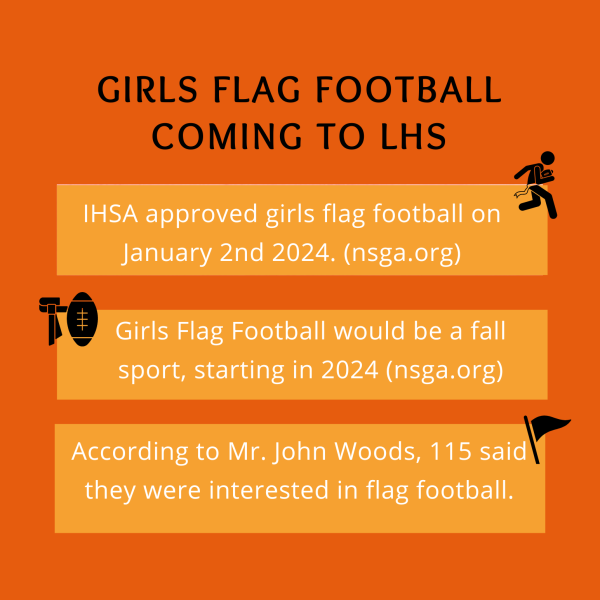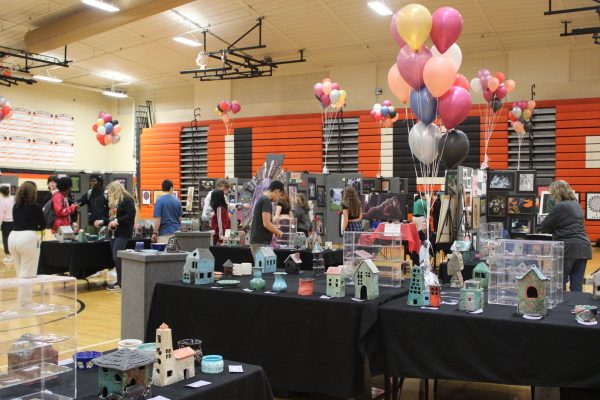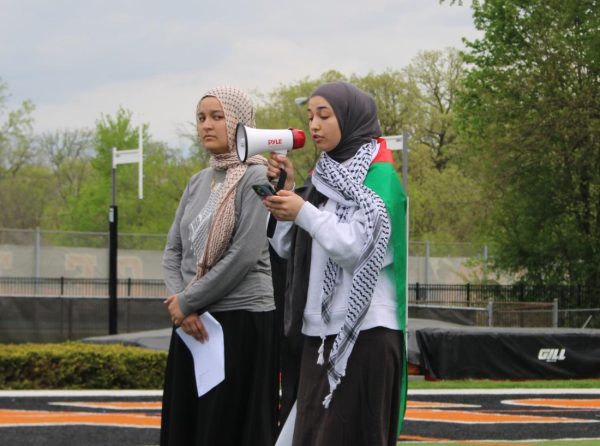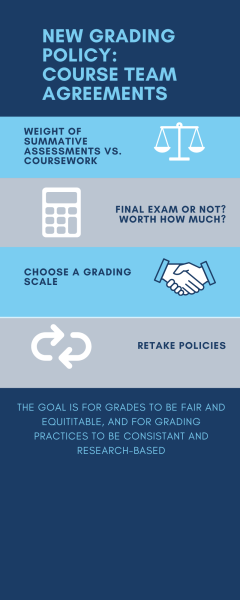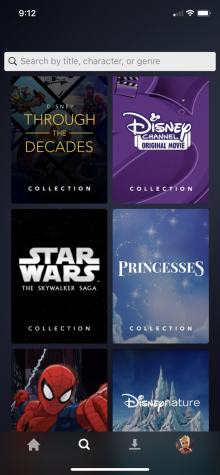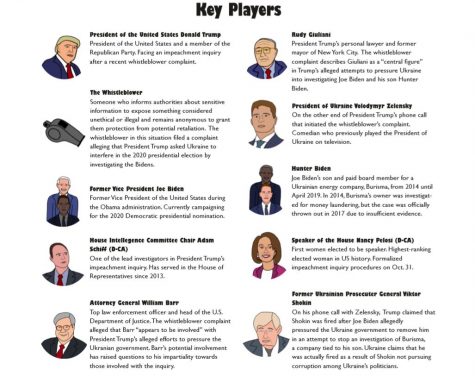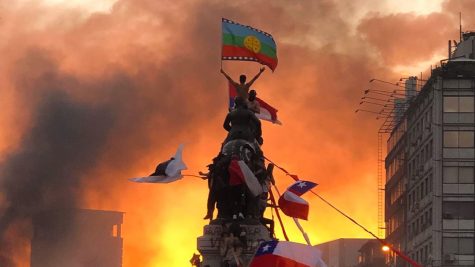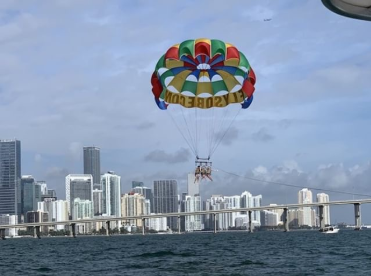Timeline of Ukraine-Russia Tensions
Photo courtesy of Dalibor Briek/Alamy Stock Photo
Ukraine and Russia have engaged in this perpetuating state of declaration of land for decades.
1991 – Beginning
Ukraine officially declared itself independent on August 24, 1991 after the communist Supreme Soviet of Ukraine proclaimed that Ukraine would no longer follow the laws of the USSR. Months after Ukraine declared it’s independence, the Soviet Union was dissolved in December of 1991.
2004 – The Orange Revolution
Since then, Ukraine has seen numerous presidents who, while elected, were corrupt and caused economic decline. However, it was the 2004 election that opened the floodgates when president Viktor Yanukovych won office, leading to the “orange revolution”. The Supreme Court of Ukraine declared the votes null and thereby voided them, which seemingly caused the resignation of Mr. Yanukovych, and the swearing in of President Viktor Yushchenko.
2005-2006 – Compromise?
It wasn’t until 2005 that Ukraine and Russia started butting heads. The argument started over natural gas prices and became incredibly publicized. This discourse led to Russia causing gas shortages in other countries who rely on Ukraine as a transit country. However, a deal was struck in January of 2006, leading to an overall compromise between the two countries.
2010 – Yanukovych (again)
The 2010 presidential election led to former (now resigned) President Yanukovych taking office once more. Yanukovych was a well known affiliate of the second president of Ukraine, President Kuchman (the cause of multiple corruption scandals, but was also supported by the Russian federation. It was known in fact throughout Ukraine that Yanukovych wanted closer ties with Russia.
2013 – Dissent
It wasn’t until November 2013 that Yanukovych angered the people of Ukraine by not signing the Ukraine–European Union Association Agreement, and instead sought out further relations with Russia. According to an article written in 2013 by BBC, states that around 10,000 people protested in Ukraine’s capital, Kiev, carrying both EU and Ukraine flags, chanting “Ukraine is Europe”. This controversial decision made by Yanukovych led to protests similar to those during the Orange Revolution of 2004 which were all held in Independence Square in Kiev. Once again, Yanukovych’s decision sparked a re-run of the widely debated results of the presidential election that brought Yanukovych into office in the first place.
2014 – Crimea
After months of protesting in the country’s capital, the Ukrainian parliament impeached former-president Yanukovych on February 22, 2014. Not even a day after Yanukovych’s impeachment, Russia invaded Crimea, starting the Russo-Ukrainian War. Civil unrest swept through the Russophone regions of Ukraine (southern and eastern), this region was also where former president Yanukovych obtained most of his votes. A referendum was cast in the largely russian ehtnic portions of Ukraine’s now autonomous region of Crimea, Crimea was de facto annexed by Russia on March 18, 2014.
2014-Present
This Russo-Ukrainian War snowballed into the war in Donbas; this war started simultaneously with the invasion of Crimea. However, there seemingingly was no solvency to the problems in Donbas. According to BBC news, Ukraine, Russia, the DPR, the LPR and the OSCE agreed to a roadmap for ending the conflict on 1 October 2019. Since the signing there has been on and off fighting resulting in the loss of exponential amounts of both soldier and civilian lives. Russia officially recognized the Donetsk People’s Republic (DPR) and Donetsk People’s Republic (LPR) on February 21, 2022. However, Russia launched a full-scale invasion on February 24, 2022.



